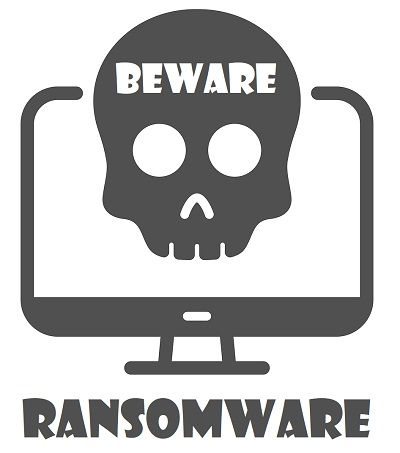As Critical Infrastructure Attacks Surge, Germany's Oil And Gas Services Are Victimized
- Admin
- Jul 31, 2022
- 2 min read
Published: July 17, 2022 on our newsletter Security Fraud News & Alerts Newsletter.

Attacks against critical infrastructure have taken yet another victim. This time, Germany’s biggest fuel distributor, Mabanaft, recently declared a “force majeure” on its supplies after a data breach shut the company down. Simply put, this provision declares a provider can’t be held liable when faced with events beyond their control. Mabanaft is a distributor supplying domestic gasoline, diesel, and heating oil to much of Germany’s densely populated areas.
This attack comes not far behind of another critical infrastructure ransomware attack on America’s Colonial Pipeline in May, 2021. The similarities between both attacked companies and their products are there, but the biggest commonality is that both were providers of critical infrastructure services. Both attacks affected millions of citizens, hindering their daily lives. That is, until the attackers got what they were after – in Colonial Pipeline’s case, a paid ransom.
Mabanaft has yet to disclose the extent of the cyberattack, but cyber-history tells us ransomware is a good bet. One thing Mabanaft’s attack does is provide concern that critical infrastructure is a growing target for cyberattacks. This attack, like many others could be state-sponsored, using threat actor groups and not likely the work of a rogue individual or two.

A Temple University research project on ransomware attacks against critical infrastructure offers a startling look at this growing trend. The researchers found the top number of attacks from 2020-2021, targeted three critical sectors: healthcare (133); government (113); education (87). The most targeted sectors from 2018-2019 were: government (99); education (53) and healthcare (48). You don’t need a calculator to figure out ransomware attacks on critical infrastructure are quickly rising.
How the Mabanaft attack will end is still unknown or isn’t being publicized. What we do know is cyber-warfare against critical infrastructure will continue to grow on its own, or until they’re finally prevented altogether. Many of these attacks start with a victim’s vulnerable data systems or those not trained to find attacks before it’s too late.

Ransomware often rears its ugly head via phishing attacks. Perhaps reminders on how to spot it are a good place to start.
Watch for typos, grammatical errors, and poor-quality graphics.
While you can expect your electricity to work most of the time, if you aren’t expecting an email attachment or link, don’t click them.
If there is a sense of urgency in an email, it is a clue that it could be phishing. Take a moment to verify anything suspicious before taking any action on it.
If something sounds too good to be true, consider that the case and don’t click.
Keep up to date: Sign up for our Fraud alerts and Updates newsletter
Want to schedule a conversation? Please email us at advisor@nadicent.com



Comments